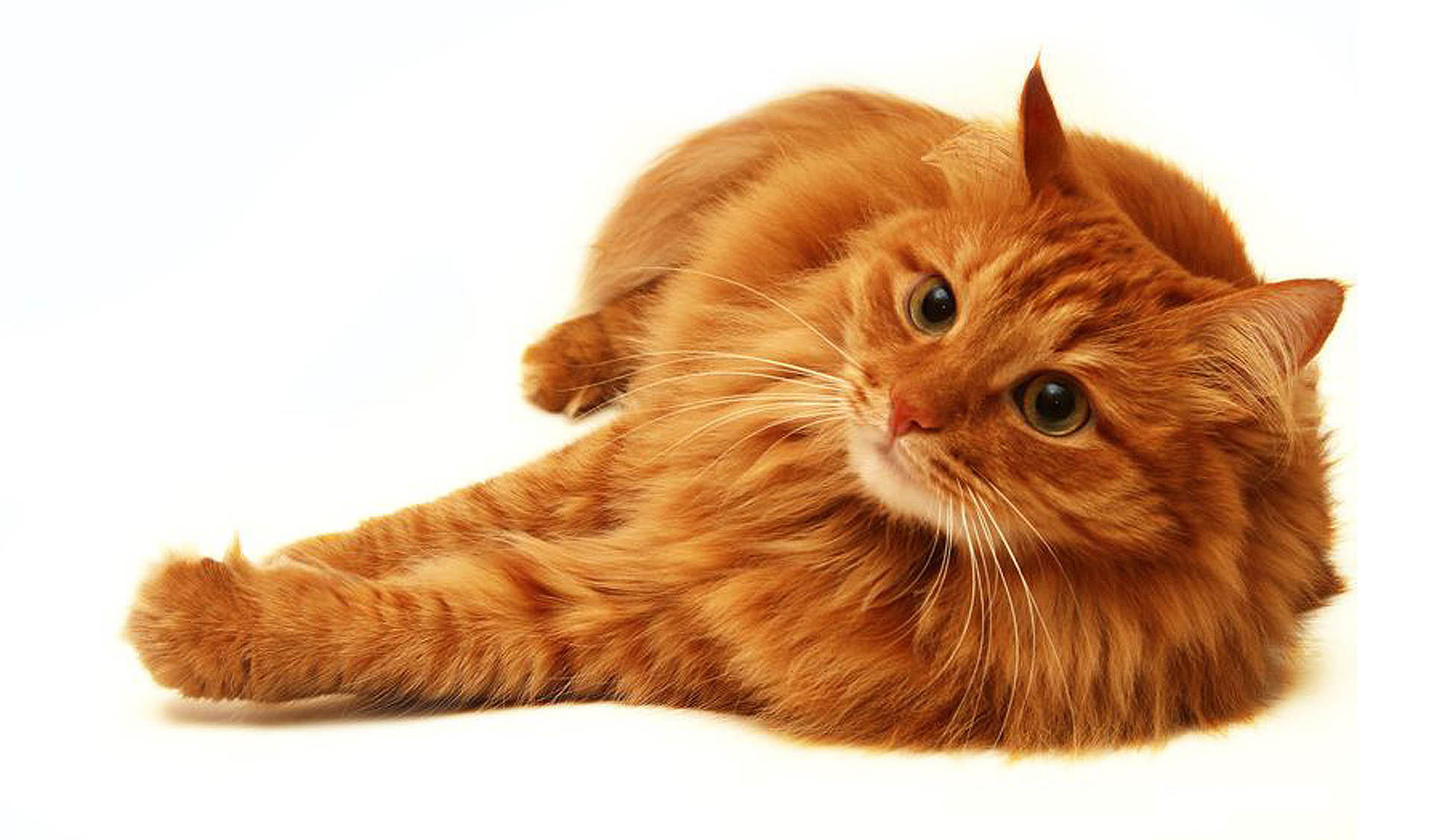If you have a cat, you’ve probably dealt with hairballs at one time or another. Most frequently, a cat owner becomes aware of this issue when their cat vomits a long tubular mass of hair – a hairball. Below are some tips to help keep hairballs to a minimum.
Hairballs are caused when cats groom themselves; tiny hook-like structures on their tongue catch loose and dead hair, which is then swallowed. For the most part, this isn’t an issue and the majority of the hair passes through the digestive tract with no problems. However, some hair can stay in the stomach and, after some accumulation, form a hairball. Cats will most often get rid of the hairball by vomiting. The hairball passes through the narrow esophagus on their way out, giving them a tube like structure.
Long-haired breed cats, such as Persians and Maine Coons, are more likely to have hairballs, as do cats that shed more or who compulsively groom themselves. However, short-haired cats can also produce hairballs.
It can be disturbing to watch or hear your cat vomiting a hairball. Some common symptoms include hacking, gagging and retching; however, they do not last very long as the hairball is often vomited relatively quickly.
If you notice the following symptoms, it is important to contact your veterinarian, as they could indicate something more serious and potentially life-threatening.
- Ongoing vomiting, gagging, retching or hacking without producing a hairball
- Lack of appetite
- Lethargy
- Constipation
- Diarrhea
Although there is nothing that can be done to completely prevent hairballs, there are a few things we can do to reduce their frequency.
- Groom your cat regularly – Brushing your cat daily is an effective way to minimize hairballs. The more fur you remove from your cat, the less fur will end up as hairballs in their stomach. Grooming your cat regularly can also provide a fun way for you and your cat to bond. If your cat does not enjoy your daily brushings, there is always the option of visiting a professional groomer, especially for long-haired breeds.
- Special diet and hairball products – Feed your cat a specialized hairball-reduction cat food. These high-fiber formulas are designed to improve your cat’s coat, minimizing the amount of shedding and encouraging hairballs to pass through the digestive system easily. In addition, there are a number of different hairball products available that help pass hairballs with added lubrication.
- Behaviour – If you suspect your cat’s hairballs are a result of compulsive grooming, whether it is stress related or simply the fact that they enjoy it, try to distract them with another enjoyable activity or toy. You can also provide them with a more calming environment. Please visit our blog about feline pheromones at http://cahospital.ca/general/pheromone-therapy-for-cats.
Hairballs can be a hassle, but they don’t have to be. For more information regarding hairballs and how to better prevent them, do not hesitate to speak to the team at Centrepointe Animal Hospital.

